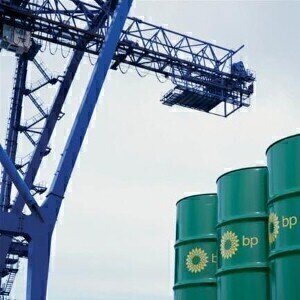Air Monitoring
An Introduction to Setting Workplace Exposure Limits
Jan 28 2022
At the 81st Gas Analysis and Sensing Group Colloquium, which focussed on exposure limits, toxicology and human health, Kate Jones from the Health and Safety Executive discussed the setting and revising of workplace exposure limits – our reporter went along to find out more.
It’s important to state at the outset that the process of setting and revising workplace exposure limits (or WELs, if you’re really pressed for time) is slow and resource-intensive, so there’s really no substitute for robust control measures and continuous monitoring when it comes to occupational safety. For a range of monitors and other guides to keeping your workplace safe, stay updated with Envirotech Online.
With those preliminaries out of the way, then, let’s start right at the beginning of the process, which, paradoxically, is an endpoint. In the toxicology community, studies to determine the relative toxicity of a substance are called toxicological endpoints. It’s at this earliest stage that we encounter our first roadblock.
Depending on the literature available for a substance, the relative toxicity may have been determined only in relation to non-human sample-groups – this is where relative toxicity takes on its full meaning. Further, the experiments may have avoided organisms entirely, opting instead to test the substance in vitro (literally, ‘in glass’ but refers specifically to a test-tube) or in silico (by computerised simulation). So, the uncertainty of your workplace exposure limit really depends upon what types of studies have been conducted and peer-reviewed.
From an endpoint, you can establish the important dimensions of relative toxicity. Most important is the benchmark dose (BMD), which is a certain amount of the substance that produces a known rate of adverse change in the organism. Establishing this predictability is absolutely essential, as WELs are established in relation to 8-hour days and 40-hour weeks over a working-life of 40 years. Beyond this is the lowest-observed-adverse-effect level (LOAEL), which, somewhat obviously, is the smallest amount of a substance required to produce a harmful effect. Just below this level, you’ll have the no-observed adverse-effect level (NOAEL), the largest amount of the substance that produces no negative effects.
However, it’s important to remember that as only a very limited number of doses are tested, both the LOAEL and NOAEL should be regarded as coarse estimates.
After all these measures have been established, compliance with workplace exposure limits is then ascertained in a two-part process. Firstly, you’ll need to conduct an analysis of various possible exposures. Then, using this knowledge, it will be time to get somewhere between 3 and 6 representative measurements for each group of employees likely to be exposed to the same substances. If less than 5% exceed the workplace exposure limit, congratulations! You’ve (probably) just demonstrated compliance with the guideline.
Of course, it’s important not to then close the book on exposures until the worst happens. Whenever there’s a change of location, new machinery and technology or some form of renovation, it’s best to go through this process again. And as we’ve already discussed, keep monitoring! It’ll make sure that you’re as responsive as possible to changes in the concentration of toxic substances.
For more information about the Gas Analysis and Sensing Group, go on over to their website or send your queries to admin@gasg.info.
Digital Edition
IET 34.2 March 2024
April 2024
Gas Detection - Biogas batch fermentation system for laboratory use with automatic gas analysis in real time Water/Wastewater - Upcycling sensors for sustainable nature management - Prist...
View all digital editions
Events
Apr 22 2024 Hannover, Germany
Apr 22 2024 Marrakech, Morroco
Apr 23 2024 Kuala Lumpur, Malaysia
Apr 23 2024 Kintex, South Korea
Apr 23 2024 Edmonton, AB, Canada


















